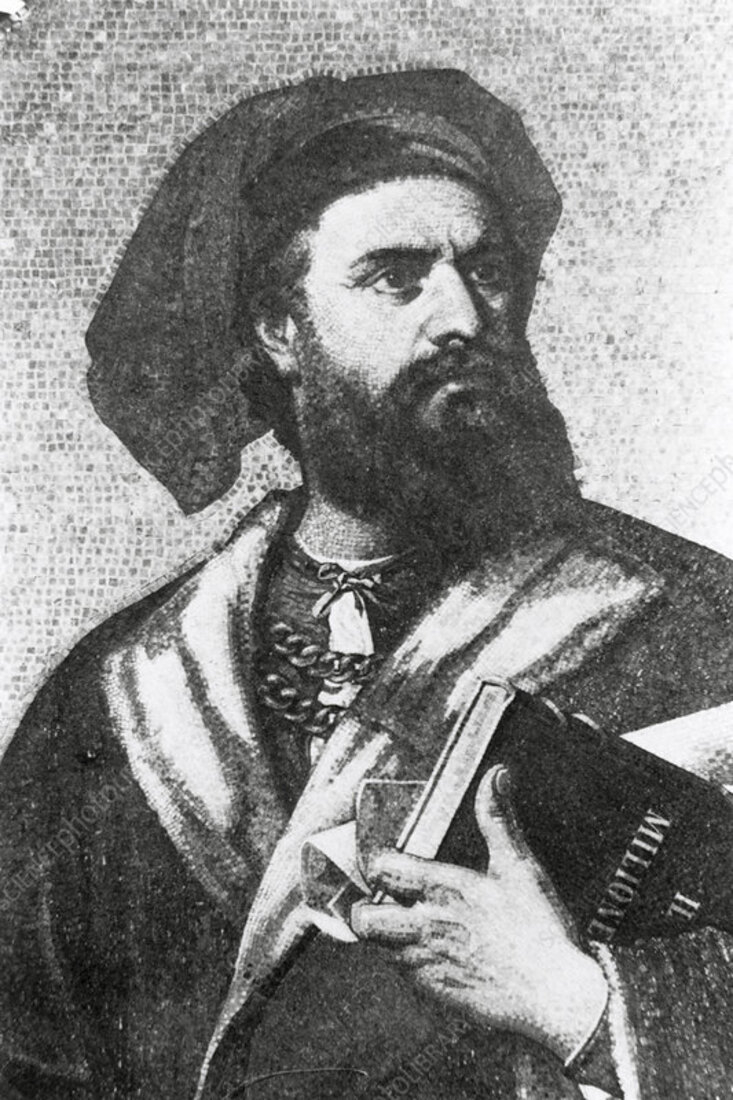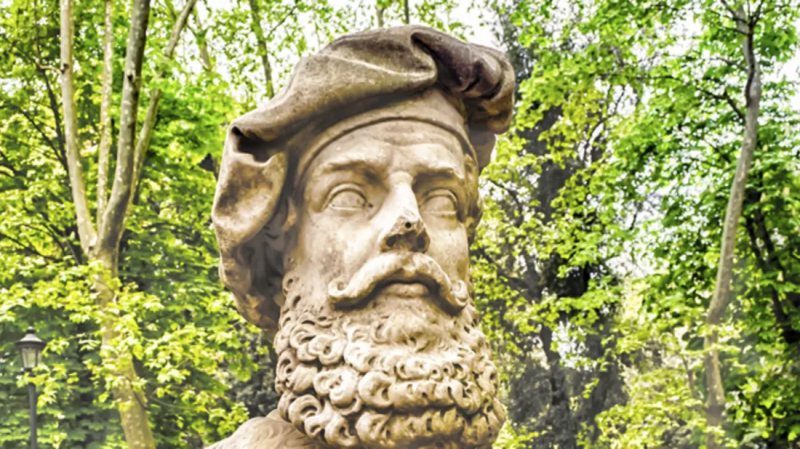Marco Polo’s route became largely impassable after his return to Venice
The Polos offered to go with a Mongol princess who was being sent to Persia to marry Arghun Khan sometime around 1292 (1290 according to Otago). Marco reported that Kublai initially refused to permit them to leave but eventually agreed. In part, because Kublai was approaching 80 and his passing (and the ensuing change in regime) might have been dangerous for a small, isolated group of foreigners, they were eager to leave. Naturally, they also wanted to visit their families and their hometown of Venice.
The princess boarded 14 ships that departed the port of Quanzhou and headed south along with 600 courtiers and sailors, including the Polos. To avoid monsoon storms, the fleet made brief stops at Champa, several islands, and the Malay Peninsula before settling for five months on the island of Sumatra. The North Star appeared to have descended below the horizon, which greatly impressed Polo. Following this, the fleet followed the west coast of India and the southernmost parts of Persia before passing close to the Nicobar Islands, touching down once more in Sri Lanka or Ceylon, and finally anchoring at Hormuz. Once in Khorsn, the expedition handed the princess off to Maḥmūd Ghāzān instead of Arghun, who had passed away.
The Polos eventually traveled to Europe, but it is currently unknown where they went; it's possible that they remained in Tabriz for a while. Unfortunately, they were robbed of the majority of their laboriously acquired wealth as soon as they left the Mongol dominions and entered Trebizond in what is now Turkey. They eventually arrived in Venice and Constantinople after additional delays (1295). One well-known piece of Polo lore is the tale of their dramatic rediscovery by family members and neighbors who had assumed they had long since passed away. Polo reportedly never left Venetian territory for the last two decades of his life.










